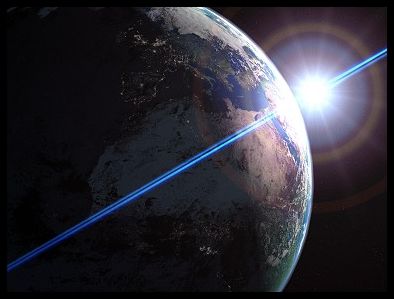
Life in the Universe
Prof. Scott Gaudi

|
Astronomy 141 Life in the Universe Prof. Scott Gaudi |
Key Ideas
Earth's Delicate Climate
Structure of the Earth
Internal Heat and Convection
Plates and Plate Tectonics
Greenhouse Effect
Carbon Dioxide Cycle
Global Warming
Impacts and Extinctions
Time History of Earth Bombardment
Near-Earth Objects
The Continuing Impact Threat
Direct Hit
Other Direct Hits
K-T Boundary
Asteroid Hypothesis
Evidence for Extinctions
See A Note about Graphics to learn why some of the graphics shown in the lectures are not reproduced with these notes.
[ Return to the Astronomy 141 Main Page | Unit 2 Page ]